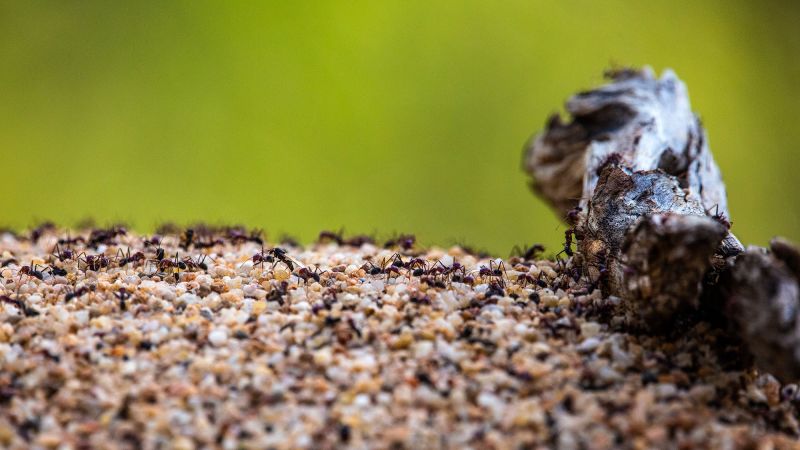In recent months, Australia has faced a significant health crisis due to a surge in attacks by red fire ants, particularly in Queensland. The situation escalated when, since the beginning of March, 23 individuals have been hospitalized after being stung by these invasive insects. According to a report from national broadcaster ABC, the rising number of stings is alarming and has drawn attention to the potential dangers posed by this species.
The red imported fire ant, known scientifically as Solenopsis invicta, originates from South America and is regarded as one of the world’s most invasive species. The ant’s venomous sting can result in painful pustules and severe allergic reactions, even leading to fatal outcomes in susceptible individuals. Over the years, Queensland residents have grappled with these ants, but the issue has become increasingly critical following heavy rains associated with a slow-moving tropical storm in early March. These weather conditions have prompted the ants to emerge from underground, causing them to form “rafts” to float to new locations and resulting in an explosion of infestations in urban and rural settings alike.
Since March 1, the National Fire Ant Eradication Program has recorded an alarming 60 reports of extreme reactions to ant stings that necessitated medical intervention, with 23 of these cases requiring hospitalization. ABC Rural covered the account of Scott Rider, a construction worker, who described how his feet were covered with sores from repeated bites. His firsthand experience underscores the growing prevalence of these insects in residential areas, noting their abounding presence in homes and outdoor spaces.
Furthermore, the situation took a tragic turn for another Queensland resident who discovered her puppy dead on top of a fire ant nest. Such incidents highlight the peril that these ants pose not only to humans but to pets and wildlife as well. In response to the mounting crisis, the Queensland state government has allocated 24 million Australian dollars, which amounts to approximately 15 million US dollars, for fire ant suppression measures. A government statement emphasized the devastating implications of fire ant infestations, indicating that, if not addressed promptly, they could lead to extensive damage to crops, gardens, parks, and threaten the safety of humans and animals alike.
The presence of red fire ants is not a novel issue for Australia; the first infestation was officially reported in 2001, according to the Invasive Species Council (ISC). However, the problem has since escalated, with fire ants spreading throughout regions in the United States, Mexico, the Caribbean, and even reaching China and Australia. Notably, they were spotted for the first time in Europe last year, indicating a disturbing trend that could have global repercussions.
Modeling conducted by the ISC warns that if the current outbreak in Queensland is not effectively contained, these fire ants could extend their reach to every corner of Australia. In a statement, Tony Perrett, Queensland’s Minister for Primary Industries, expressed grave concerns regarding the consequences of unchecked fire ant populations. He referenced their suppressive effects on outdoor activities, stating that in other regions where fire ants have flourished, they have curtailed sports, forced the cancellation of barbecues, and closed beaches.
Perrett depicted a determined front, pledging to combat the escalating fire ant crisis and expressed optimism about preventing a widespread invasion. His assurance is crucial in rallying both governmental and public support for mitigation efforts in the face of what could become an even more serious ecological and health disaster if left unaddressed.
Overall, the ongoing battle against red fire ants in Australia brings to light the delicate balance of managing invasive species and the vital need for sustainable and immediate action to protect both human health and the environment from their destructive impacts.












